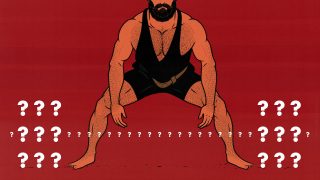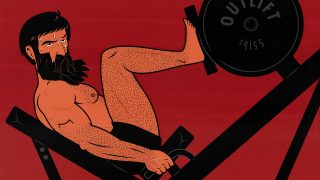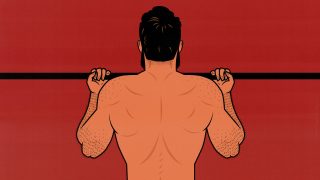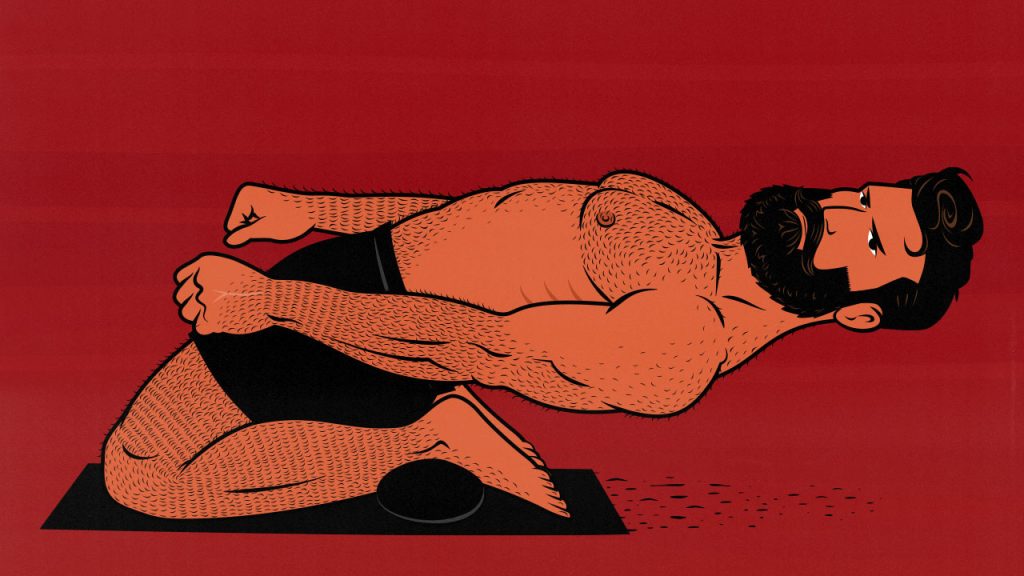
The Best Leg Extension Alternatives
You can do leg extensions at home with just your body weight. It’s a variation called the reverse Nordics (pictured above). They’re hard, though, so I recommend getting good at squatting first. Squats will bulk up your quads just as effectively as leg extensions, and you’ll build the strength you need for reverse Nordics.
Muscles Worked by Leg Extensions
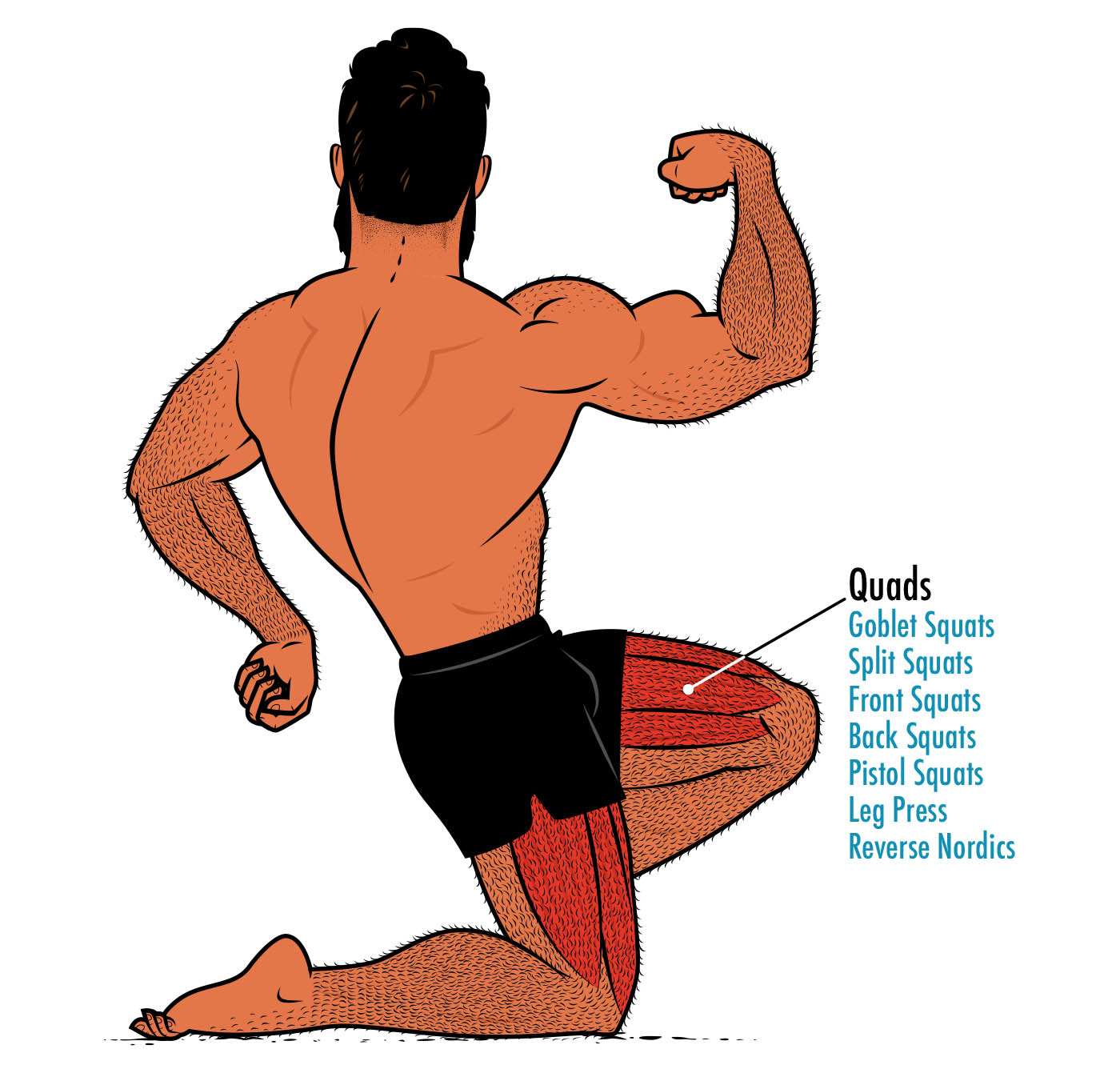
Leg Extensions are Easy to Replace
The best alternatives to leg extensions are squats, kind of. Squats work your quads about as well as leg extensions do, and they have the added benefit of working your glutes and postural muscles. The downside is that they’re more fatiguing and aren’t quite as good for your rectus femoris (study).
If you want less fatiguing leg extension alternatives, consider lighter squat variations like goblet squats and split squats. Even front squats and back squats are easy on your spine when compared to deadlift variations (like conventional deadlifts).
Beginners don’t need leg extensions. It’s okay to start with just squats. You can add in bodyweight leg extensions when you’re ready for them, starting with easy variations and working your way harder. Let’s talk about how to do that.
Reverse Nordics (Bodyweight)
Reverse Nordics are a surprisingly good exercise. They work your quads through a deep range of motion, challenging them under a deep stretch, thus stimulating quite a lot of muscle growth (full explanation). They’re also great for developing postural strength. They’re at least as good as regular leg extensions.
The only problem is that they’re more complicated. You’ll probably prefer having a mat under your knees. You might want some sort of pad under your ankles. And you might need to hold onto a resistance band or rope for assistance.
Dumbbell Leg Extension Alternatives
Dumbbell Goblet Squat
However, there will come a day when you grow too strong for goblet squats. When that day comes, you can hold two dumbbells (a dumbbell front squat) or train your legs one by one (the dumbbell split squat).
Double-Dumbbell Front Squats
When you grow too strong for goblet squats, grab a second dumbbell. Rest both of those dumbbells on your shoulders.
Dumbbell Split Squat
The dumbbell split squat is another way to get more stimulation out of less weight. You can hold a dumbbell in each hand and train your legs one by one. If that ever gets too easy, you can raise your back foot up on a bench, doing “Bulgarian” split squats.
Barbell Leg Extension Alternatives
Barbell Back Squat
The barbell back squat is the best barbell leg extension alternative. I recommend using a classic “high-bar” squatting style, where you rest the barbell on top of your traps, sit down into the squat, and go as deep as you can. That way, you put more emphasis on your quads and less on your hips and spinal erectors, making it more similar to a leg extension.
Barbell Front Squat
Front squats are my favourite squat variation. They allow most people to train their quads through a deep range of motion, similar to a leg extension. However, they demand a tremendous amount of postural strength, especially in your upper back. That’s a good thing. You’ll build a stronger posture. But it means they’re quite a bit more difficult and tiring than leg extensions.
Alright, that’s it for now. To quickly summarize, start by replacing leg extensions with your favourite squat variation. If you need more volume, you can do more sets or add a second variation (e.g. 4 sets of goblet squats + 2 sets of dumbbell split squats). Then, when you’re ready for more, you can add in reverse Nordics. Be patient. They take practice.



